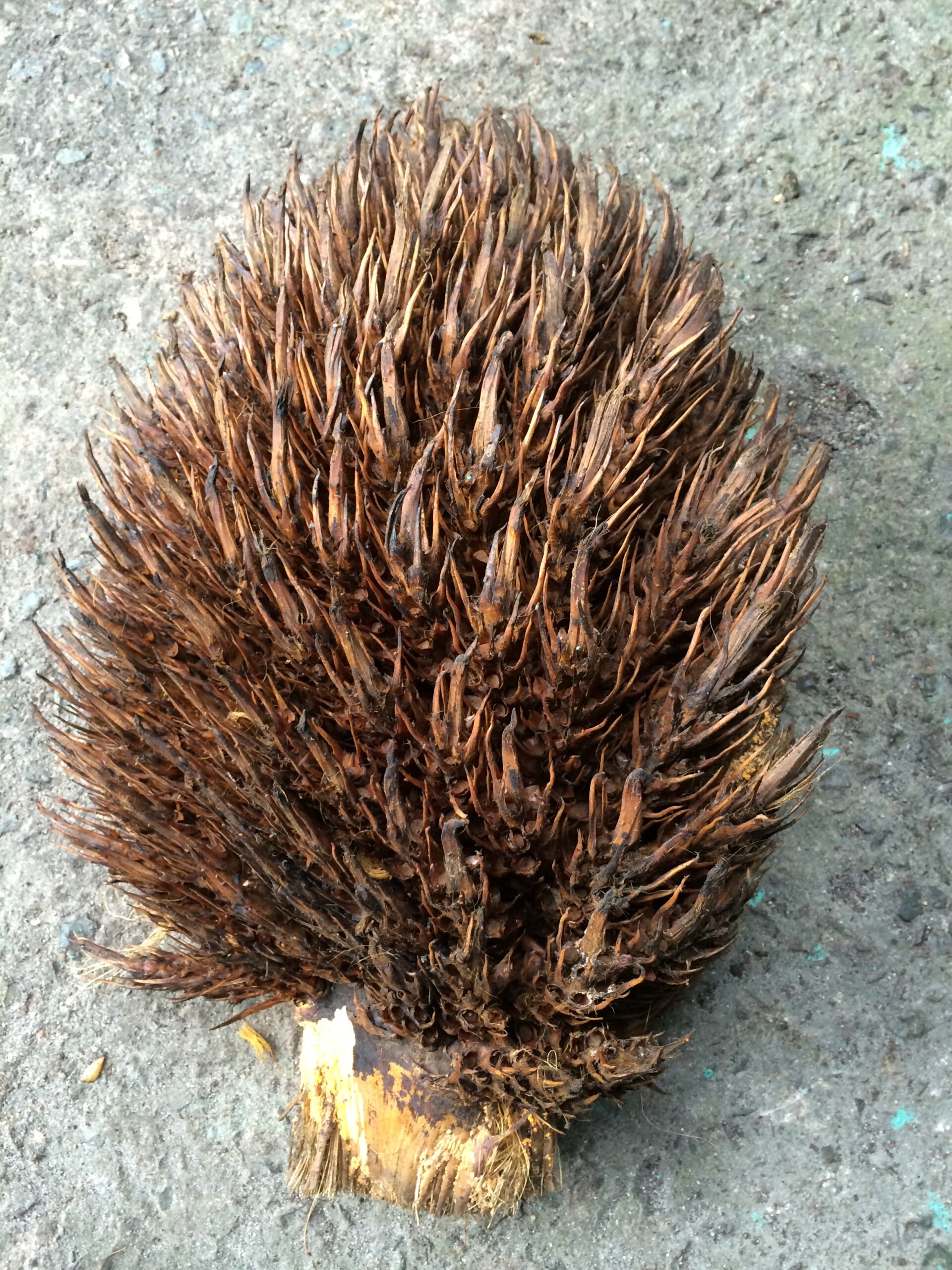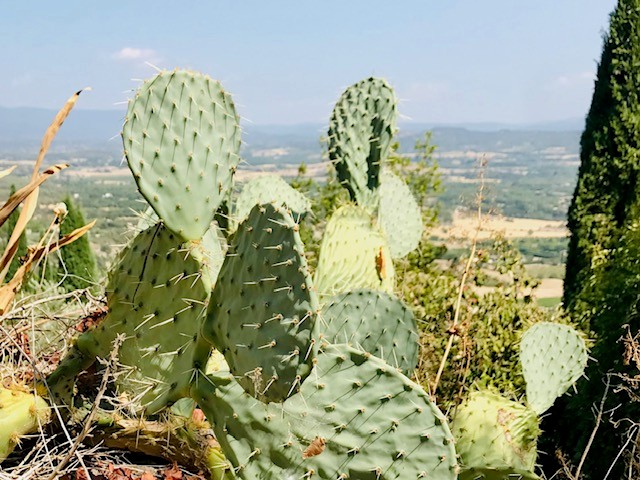A new study reveals a promising method for industries eager to convert tonnes of palm oil waste into clean, renewable biomethane, addressing a significant environmental and economic challenge for the

A new study reveals a promising method for industries eager to convert tonnes of palm oil waste into clean, renewable biomethane, addressing a significant environmental and economic challenge for the

Researchers have found a more sustainable way to produce energy using plants that can survive in dry conditions such as deserts. These drought-tolerant plants, also known as arid plants, could
Cleaner industrial bioethanol production from sustainable biomass could support the circular economy to achieve Sustainable Development Goals while tackling climate change. Ethanol from the arid plants nopales (prickly pear, Opuntia ficus-indica)

BIERG released an SOP for using SEM-EDX microscopy and elemental analysis. It covers the Hitachi TM4000 Plus SEM and Oxford Instrument Aztec ED Spectrometer, advising on sample preparation, parameter settings,
The UK government’s Biomass Strategy 2023 aims to enhance biomass sustainability to help achieve net zero targets. The BRIDGE program supports these goals through SEM-EDX analysis for biomass characterization, fostering